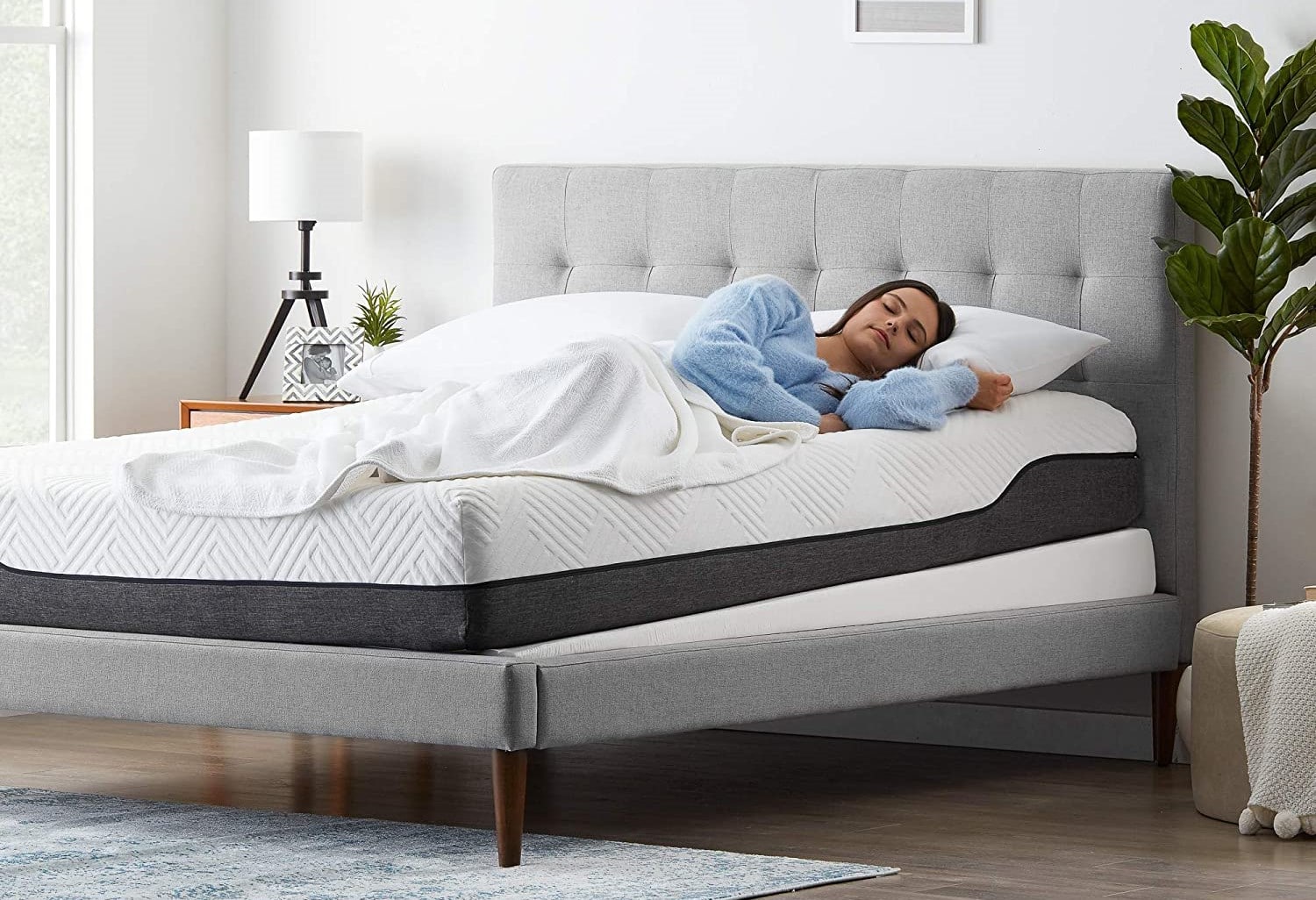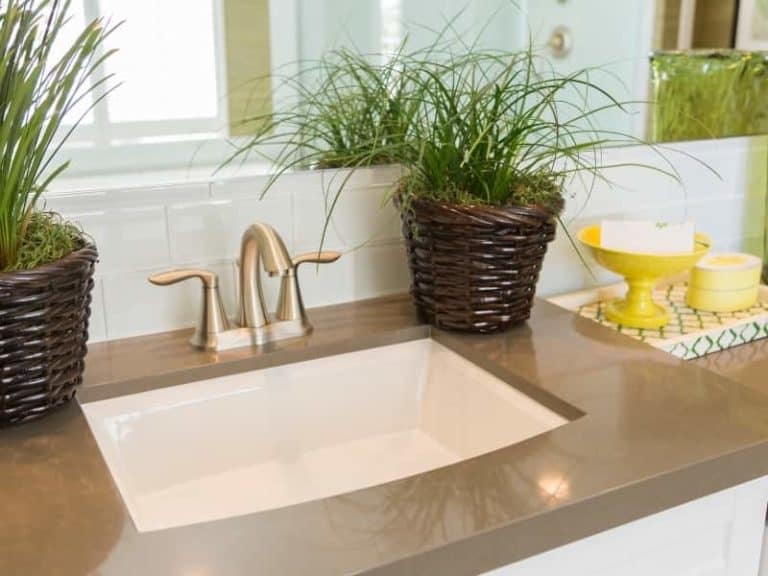The Philippine traditional bahay kubo, also known as a nipa hut, is a type of stilt house indigenous to the cultures of the Philippines. It is recognized as a national symbol of the Philippines, depicting the country's rural culture architecture. The Bahay Kubo is made of bamboo and features a thatched roof, making it an efficient source of protection against unfavorable weather. Typically, bahay kubo are made up of a single room, although they can also be attached to other rooms that can serve as extra storage or a separate living area. Orange, yellow, pink, and green are the most common house colors, and the Bahay Kubo roof is usually made of nipa, a type of thatching made from palm leaves. The floor is usually made of wooden slats, and a few other minor accessories are also included like window, door, and cooking pot. The Bahay Kubo was initially created to provide a more comfortable place to rest as a respite from the scorching summer heat and the monsoons. As a result, it is able to house up to two generations, as the entire family can sleep in one room. Apart from providing a refuge from the severe weather, the Bahay Kubo also serves as a venue for meetings and gatherings, boasting a communal atmosphere that the locals cherish even today.Philippine Traditional Bahay Kubo: A House Design & History
The traditional house designs of the Philippines can be divided into two main categories – the Bahay Kubo and the Bahay na Bato. The Bahay Kubo, also known as the “nipa hut”, is a widely known Filipino traditional house design and is an example of the country’s rural architecture. It features a traditional thatched roof and is usually constructed with bamboo walls and posts. On the other hand, the Bahay na Bato is a type of architecture derived from a fusion of Spanish and native Filipino designs. It is the main structure of a huge number of heritage houses, mansions, and other country homes in the Philippines. The Bahay na Bato is typically made of stone, brick, and wood, with an attic and a two-story structure. It is usually located in cities, large estates, and towns, and due to its robust stature, it serves as the main attraction of those places.Philippines: Traditional House Designs
If you are interested in a rustic house design, then knowing how to build a Bahay Kubo is a must. As the most popular type of architecture in the Philippines, the Bahay Kubo is a good choice for anyone who wants to create a unique and beautiful structure that reminds of the past. Building a Bahay Kubo doesn’t require high-tech tools and materials. All that is needed is bamboo, nipa palm, hardwood, and basic carpentry skills. The most important thing to consider is the design, which should be able to withstand the environment and the weather. After that, the actual construction can begin. As for the process of building a Bahay Kubo, the first step is to prepare the materials and tools that will be used. After that, the main beams are installed to serve as the foundation. Lastly, the walls and the roof are constructed to complete the structure.How to Build a Filipino Bahay Kubo: Design and Construction
Philippine traditional house design is heavily inspired by nature, as it echoes the country’s unique landscape and climate. Most traditional house structures are designed in such a way that is able to insulate against the tropical climate. The use of bamboo and nipa palm, for example, makes sure that the Bahay Kubo stays cool even in the summer. This also extends to the design’s emphasis on ventilation. Windows and doors can be opened to let the natural air circulates around the house. Moreover, you can also install louvered windows which allows you to adjust the amount of airflow coming in. Another important feature of traditional houses is the use of light-colored paint, which helps absorb the heat of the sun. Nature Inspired Philippine Traditional House Design
Philippine traditional architecture is heavily influenced by the vernacular design of the region. It is characterized by post and lintel construction, stilt dwellings, and hewn logs with a thatching of palm leaves for strength against the strong winds and heavy rains. This type of architecture is also known for having a rich cultural symbolism that reflects the history and customs of the Filipino people. The Isang Bahay, Isanh estilo is a distinct style of traditional architecture. It is characterized by a long, single-story house with a symmetrical facade, and a clean and minimal interior. The house is built in such a way that it allows natural light to circulate throughout and makes the interior feel breezy and open. It is also surrounded by lush vegetation, as greenery is seen as an important feature in the Isang Bahay, Isanh estilo.Philippine Traditional Architecture: Isang Bahay, Isanh estilo
Living in a Bahay Kubo has its advantages, which makes it a popular choice among those who are looking for a unique and comfortable way to live. From its traditional design to its affordability, here are 10 advantages of living in a Bahay Kubo (Philippines house): 10 Advantages of Living in a Bahay Kubo (Philippines House)
An Kumostigo is a Filipino traditional residential house design which is characterized by its simplicity and practicality. It is a type of single-story house that is ideal for small families, as it contains just enough space for basic living. An Kumostigo is usually constructed of bamboo and raised on stilts to provide protection from flooding. It features a gabled roof, walls made from woven bamboo strips, and a large front porch which doubles as additional living space. In addition, it also has small windows with louvers for ventilation and adjustable panels for additional light. Being a small and compact house, An Kumostigo can fit perfectly in a tiny lot, yet it is still spacious enough for two or more people to live comfortably.Filipino Traditional Residential House Design: An Kumostigo
Filipino building construction is composed of a range of traditional design and construction techniques that have been passed down from generation to generation. Each type of construction has its own unique features and advantages that can cater to various needs, so it’s important to know how they differ from one another. The Bahay Kubo is the most popular type of Filipino building construction. It is a stilt house made of split bamboo and nipa leaves. It is often used as a dwelling for rural communities as it is designed to withstand typhoons, floods, and other natural disasters. The Bahay na Bato is also a traditional Filipino building construction type, and is known for its robust structure. It is usually made of stone, brick and wood, and consists of an attic and two stories. This type of building can be found in cities, towns, and large estates. Meanwhile, the Cogon House is a type of light structure made from cogon grass. This type of house doesn’t rely on heavy foundations or other structural elements, so it is often used in mountainous regions or remote areas where transportation of materials is difficult. A Guide to Filipino Building Construction Types
The traditional Philippine bahay na bato, also known as The Big House, is a type of vernacular architecture that serves as a symbol of Filipino culture and heritage. It is characterized by its two-storey structure and large windows, made using a combination of stone, brick, and wood. The Bahay na Bato is traditionally composed of a ground floor which consists of several bedrooms and a kitchen, and a second floor which serves as the main living area. Moreover, it is designed to be cool even during hot summers, thus ensuring comfort for its occupants. Finally, its large windows can be opened to let the natural air and light freely circulate throughout the house. About the Traditional Philippine Bahay na Bato: The Big House
The Iskala at Hopia house design is a simple yet efficient type of traditional house in the Philippines. It has been designed to utilize limited materials and is tailored to fit in small land areas. The main structure of the Iskala at Hopia consists of three separate sections – the bedroom, the kitchen, and the living area. The kitchen and bedroom are usually partitioned, with bamboo walls and a thatched roof made of nipa leaves. As for the living area, large windows are usually used to provide natural ventilation and light, while the roof is made of wooden shingles for insulation. Overall, the Iskala at Hopia house design is a testament to the ingenuity and resourcefulness of its people, as it makes use of the limited materials and resources available. Simple Philippines House Design: Iskala at Hopia
The Philippine colonial house is an example of the country’s unique architecture that has been passed down from the past. This type of house is characterized by its post and lintel construction, stilt dwellings, and hewn logs. The Philippine colonial house is usually built close to the ground, with its walls made of stone, brick, wood, and clay imported from Europe. It also features a large open veranda, large balconies, and a central courtyard. In addition, its interiors are often adorned with intricately designed furniture and antiques from the Spanish colonial period. Overall, the Philippine colonial house captures the country’s unique and diverse cultural heritage, making it an important symbol of Filipino identity.Philippine Colonial House Features and Characteristics
Traditional Filipino Home Design Main Features
 The Philippines is renowned for its distinctive traditional architecture which reflects the rich heritage of its many different cultures. Traditional Filipino home design has several unique features such as large open-air spaces, steep-gabled roofs, and solid wooden posts. These features create a space for relaxation or social gatherings. Most Filipino homes make use of natural materials like wood and stone to help create a pleasant atmosphere.
The Philippines is renowned for its distinctive traditional architecture which reflects the rich heritage of its many different cultures. Traditional Filipino home design has several unique features such as large open-air spaces, steep-gabled roofs, and solid wooden posts. These features create a space for relaxation or social gatherings. Most Filipino homes make use of natural materials like wood and stone to help create a pleasant atmosphere.
Architectural Sloping Roofline
 The hallmark of a Filipino traditional home is its sloping roofline, which is often made of wood and covered with ceramic tiles or galvanized metal sheeting. This unique roof covers the living space and provides shade from the hot weather of the Philippines. The sloping roof also allows rainwater to be funneled away from the building’s structure, thus reducing the possibility of water damage. The roofline also adds a unique charm to the overall look of the house.
The hallmark of a Filipino traditional home is its sloping roofline, which is often made of wood and covered with ceramic tiles or galvanized metal sheeting. This unique roof covers the living space and provides shade from the hot weather of the Philippines. The sloping roof also allows rainwater to be funneled away from the building’s structure, thus reducing the possibility of water damage. The roofline also adds a unique charm to the overall look of the house.
Solid Wood Posts
 Traditional Filipino homes have wide and solid wood posts holding up the roof and supporting the structure. Older homes may be built entirely out of wood, while newer versions may use steel reinforcements. These posts help keep the roof and structure stable and allow for more open-air living spaces. As an added bonus, the wood posts provide an interesting natural element to the design.
Traditional Filipino homes have wide and solid wood posts holding up the roof and supporting the structure. Older homes may be built entirely out of wood, while newer versions may use steel reinforcements. These posts help keep the roof and structure stable and allow for more open-air living spaces. As an added bonus, the wood posts provide an interesting natural element to the design.
Additional Features
 Other features of a Filipino traditional house design include large doors, arched windows, and open-air courtyards. These help to expand the living space of the house and create a comfortable atmosphere. Large doors add a sense of grandeur, while arched windows allow for cross-ventilation. Open-air courtyards are great for enjoying the outdoors while still keeping the living space sheltered from the weather.
Other features of a Filipino traditional house design include large doors, arched windows, and open-air courtyards. These help to expand the living space of the house and create a comfortable atmosphere. Large doors add a sense of grandeur, while arched windows allow for cross-ventilation. Open-air courtyards are great for enjoying the outdoors while still keeping the living space sheltered from the weather.



















































































































:max_bytes(150000):strip_icc()/Cottage-style-living-room-with-stone-fireplace-58e194d23df78c5162006eb4.png)

